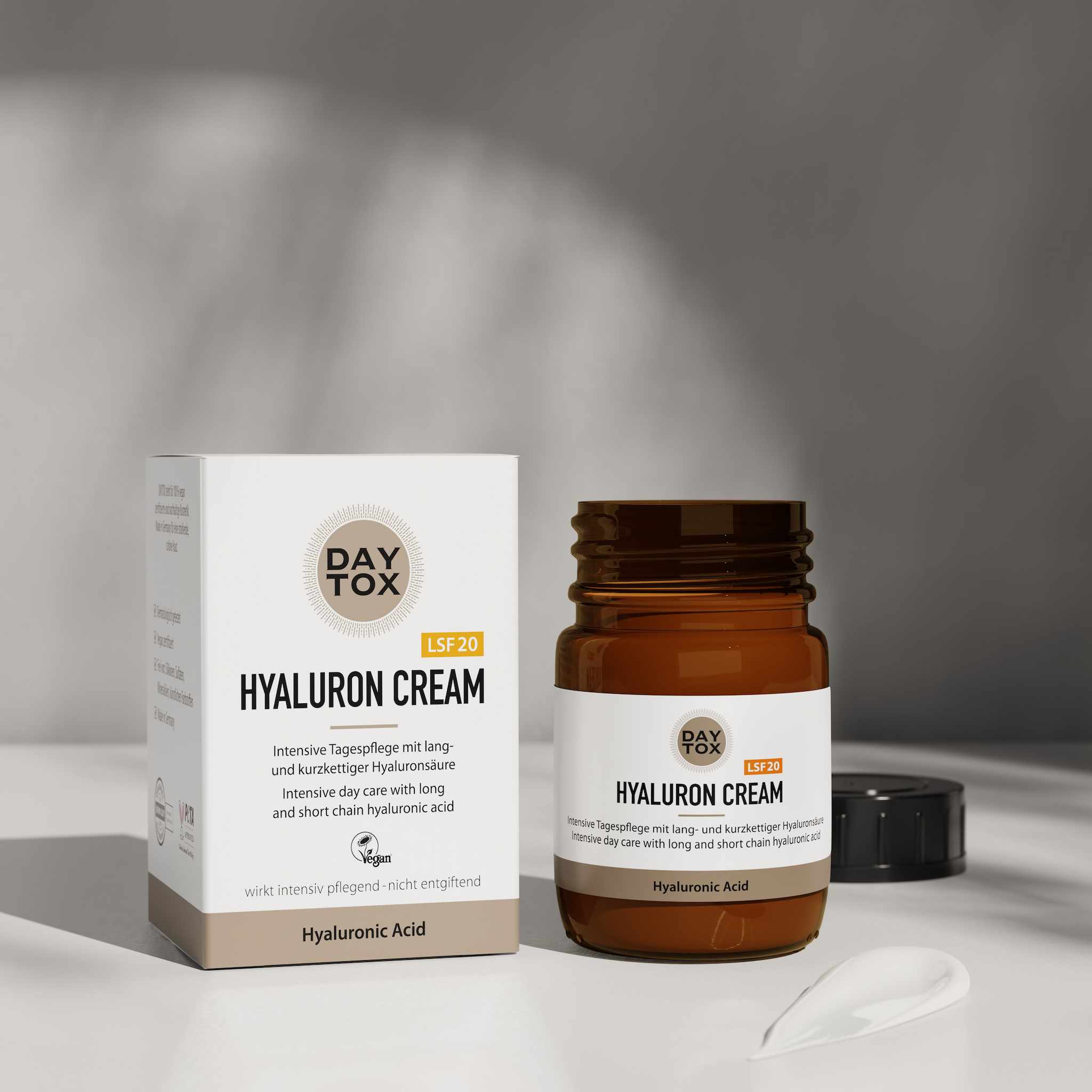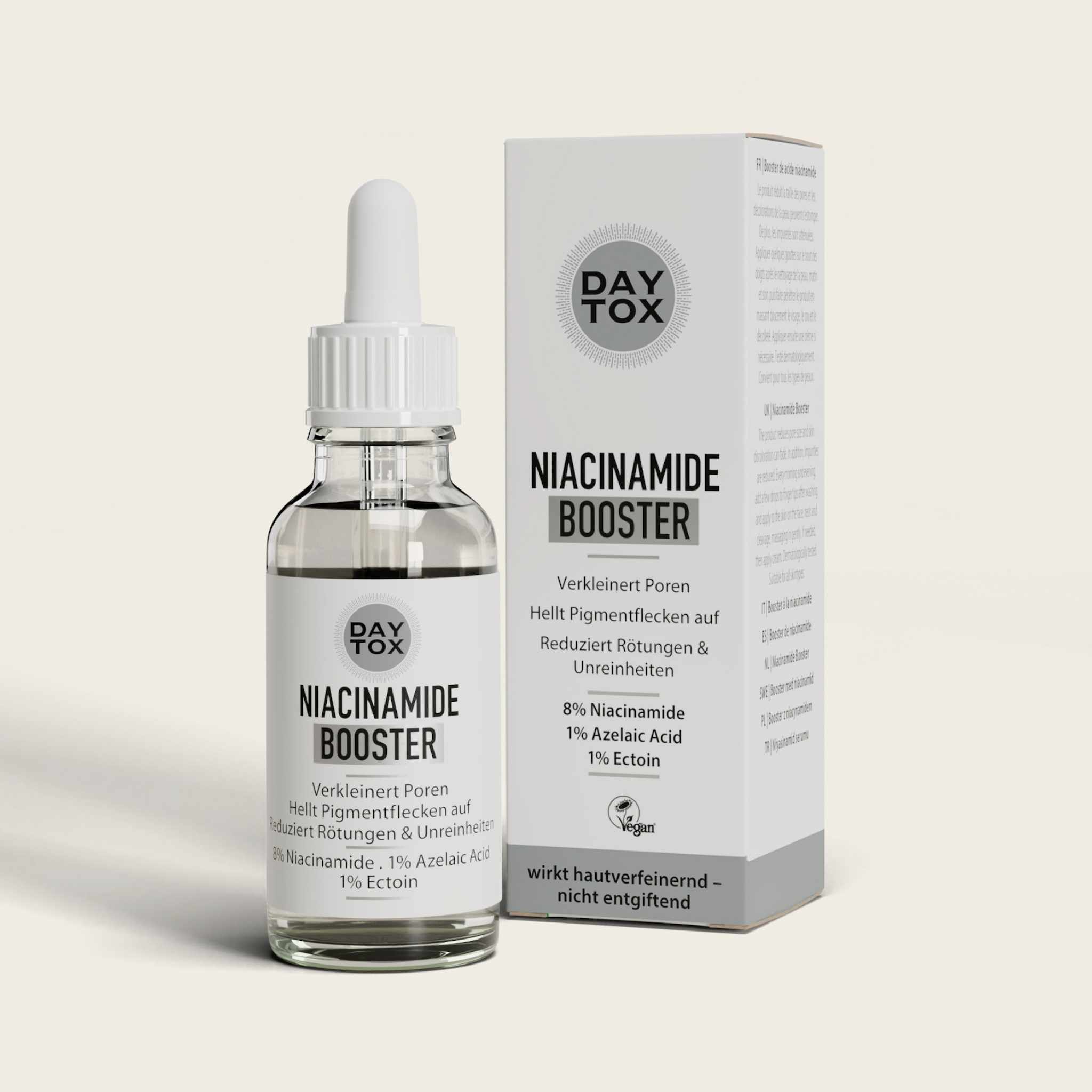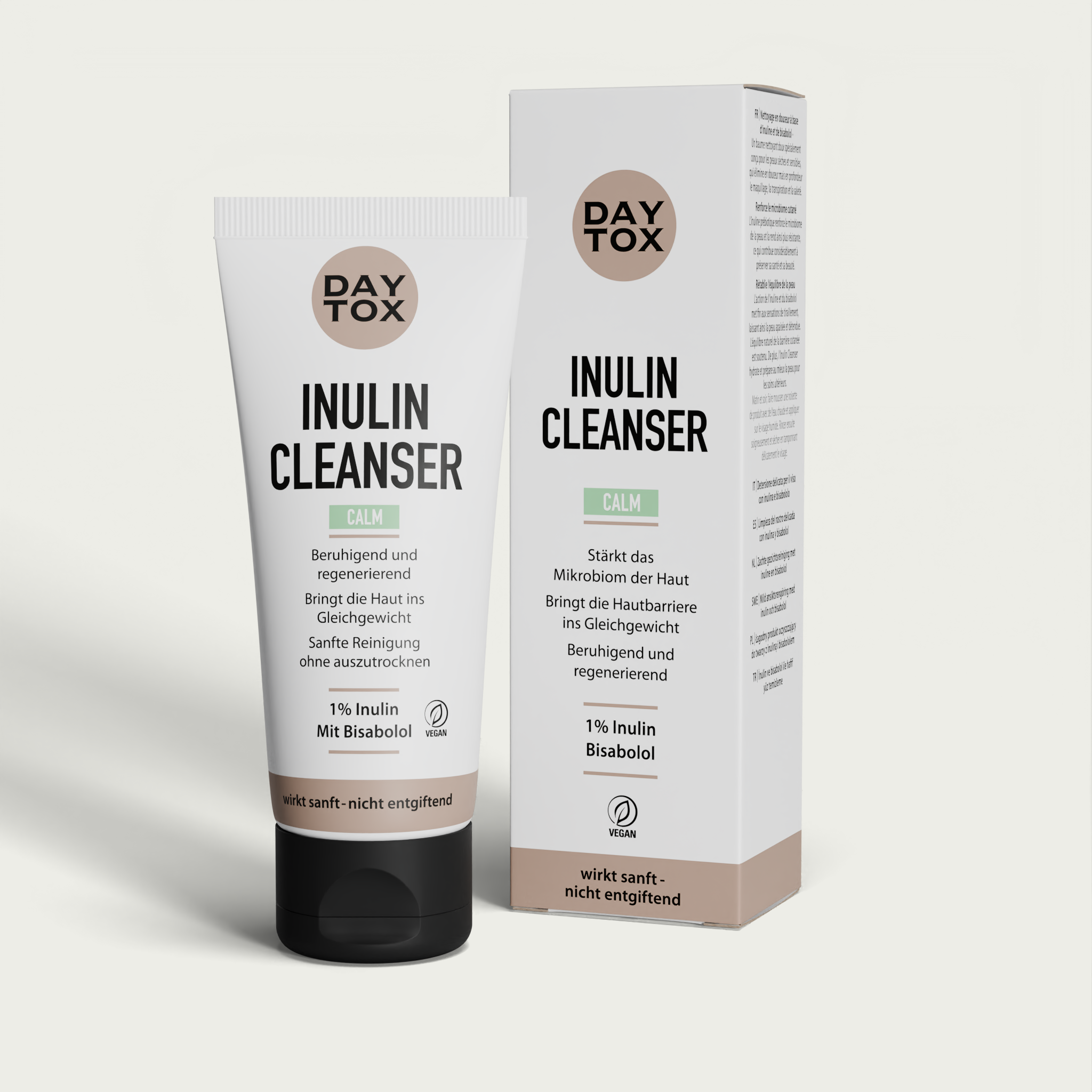Skin type: Oily skin


How to recognize oily skin
Oily skin manifests itself through excessive production of skin fat (sebum) and enlarged pores. The skin shines again just a few hours after cleansing, especially on the forehead, nose and chin (T-zone). The pores are visibly enlarged and the make-up seems to "slip" on the skin instead of being absorbed well.
In the right amount, sebum is very important because it forms a protective film on our skin that keeps the skin hydrated and protects it from harmful environmental influences.
However, oily skin produces more sebum than it needs to protect the skin barrier. The excess sebum clogs the pores and encourages the formation of blackheads and blemishes. Oily skin is therefore often prone to blackheads, pimples or acne.
causes
In many cases, oily skin is a predisposition. However, other factors can also be responsible for the overproduction of sebum, for example hormonal changes during pregnancy, menopause or taking birth control pills. The hormones that can be responsible for oily skin are called androgens. Androgens are "male" hormones, but they are found in both men and women.
Too harsh, aggressive cleaning can also have an impact on sebum production. If too much sebum is removed from the skin, it reacts by producing even more sebum - and a vicious circle is created. Stress, alcohol or an unhealthy diet can also have a negative effect on the skin, causing more sebum to be produced and impurities to form.

what your skin needs
Our product recommendations for oily skin
































